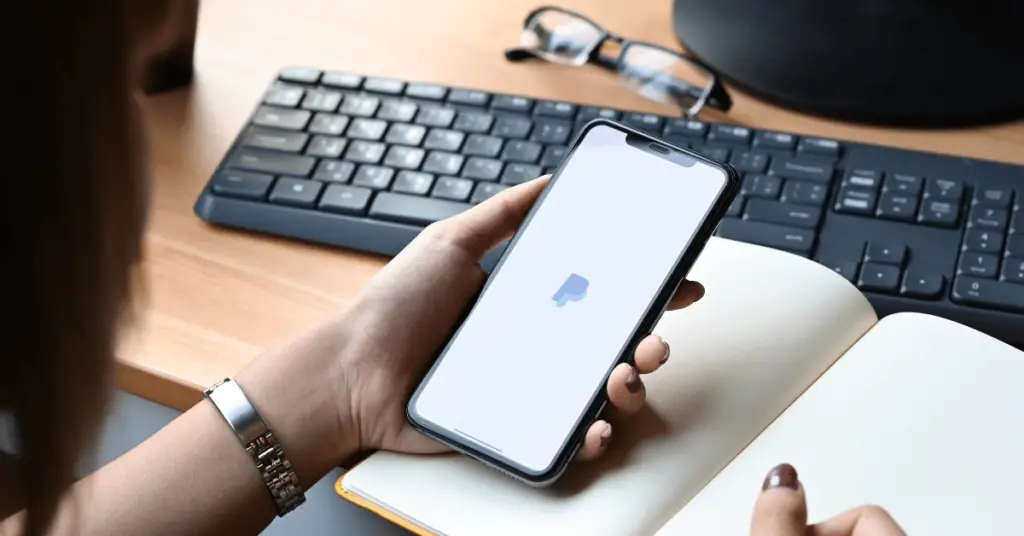People send and receive money via PayPal every day. This platform is known for handling financial transactions and rarely having issues with them. Knowing this, you might wonder – why is my PayPal money pending? Here are some reasons why the platform might put your finance on pending status.
If you sent a payment via PayPal and it’s pending, the recipient hasn’t received it yet. If you are the recipient, you must accept a pending payment so it can land on your account. In some cases, PayPal puts transactions on pending when they seem suspicious and need to be verified for safety. Unclaimed payments are refunded after 30 days.

Maybe you sent some money recently, and PayPal claims the payment is pending. Learn here why it might be so and if there’s anything you can do to fix it.
Here is more information about how long Paypal pending takes.
Table of Contents
Why Is My PayPal Money Pending and How Can I Resolve the Issue?
When a user purchases something via PayPal, the platform first processes the payment. If they have enough money in their account to cover the purchase, the transaction is completed, and the user is charged immediately.
If they don’t have enough money in their account to cover the purchase, PayPal will attempt to find a source of funding for the user. If the source is untraceable, the transaction is canceled, and the user isn’t charged.
However, if the user has enough money on the account and the transaction status is pending, there could be numerous reasons, mostly related to the transaction’s safety, security, and legality.
On their Help Center page, the company even claims that they put transactions on “pending” status while verifying the source of a sender’s payment. PayPal insists on reducing fraud and unsafe charges on its platform.
People who haven’t used their PayPal wallet recently and those that suddenly receive much higher payments than usual are the usual targets of this check.
Does PayPal Charge for Pending Transactions, and Can I Cancel Them?
PayPal does not charge for pending transactions. If you’ve sent money to someone and they don’t claim or accept it within 30 days, it is automatically canceled. The refund may take up to 3-5 business days to appear on your account.
Only unclaimed payments with a “Cancel” link can be canceled. In that case, if you paid with a bank account, the money will be returned to your PayPal balance.
What Does It Mean When Your Refund Is Pending?
If you’ve asked for a refund, PayPal begins processing it when the seller sends it. A pending refund typically means that the seller is sending the payment directly from their bank account.
Depending on the banks involved, a refund can take up to 7 business days. You can monitor the refund status by checking your wallet and status page. When it goes from “pending” to “completed,” your funds will finally be available.
There’s a possibility that the payment fails, in which case the transaction status changes from “pending” to “canceled,” and the amount is not credited. Payments typically fail because the recipients don’t accept them.
What to Do If an Order Status Is Pending
If you are the buyer and your order status doesn’t process fast enough, it’s classified as “pending.” That usually means that the seller has received your order but hasn’t processed your payment yet.
Typically, sellers complete payments for purchases when they are ready to deliver the products or services that were paid for. When it comes to services or rentals, the seller only completes those payments when the services are fully provided. If an order expires, gets terminated, or is canceled, its status will remain “pending.”
What Are the Reasons PayPal Might Delay My Transactions?
PayPal can hold off payments for many reasons. They even publicly stated that they like to put transactions as pending to ensure every user’s safety. Verifying transactions is also a sign they’re adamant about preventing fraudulent financial behavior on their platform.
Here’s a summarized list of reasons why a PayPal transaction might be pending:
- The recipient has not yet accepted the payment, which cannot be canceled once it’s sent. In that case, you must contact the recipient (or seller) and ask for a refund,
- Your payment was sent to an unconfirmed or unregistered email address or phone number,
- If a large sum is in question, PayPal might be holding off the payment to verify that such a transaction is safe for the buyer and seller,
- Your PayPal account may have been inactive for some time, and you need to go through a verification process,
- If you’re a seller, they can hold off a payment if it’s out of the ordinary for your typical selling pattern.
- The platform may have discovered an unusual change in the selling price for a specific transaction,
- They can even put your money on pending if they notice you selling a product that customers may be unhappy with; this isn’t so common, but it’s used to prevent fraud online.
Your Money Is Likely Pending Because of a Detected Issue – Which Can Be Easily Resolved
If you’re experiencing a PayPal money pending issue, it’s likely because the recipient has yet to accept the payment or PayPal is just verifying the funds. In any case, you can ensure on your side that things go well and no money ever goes “pending” again.
To help ensure your payment goes through smoothly, first, make sure you’re sending money to a verified email address or phone number. Second, check with the recipient to see if they’ve received the payment yet and whether they’ve had any issues accepting it.
Finally, if PayPal asks you for verification of any kind, ensure you provide it so they can let the money flow into your account, and your income continues to grow.